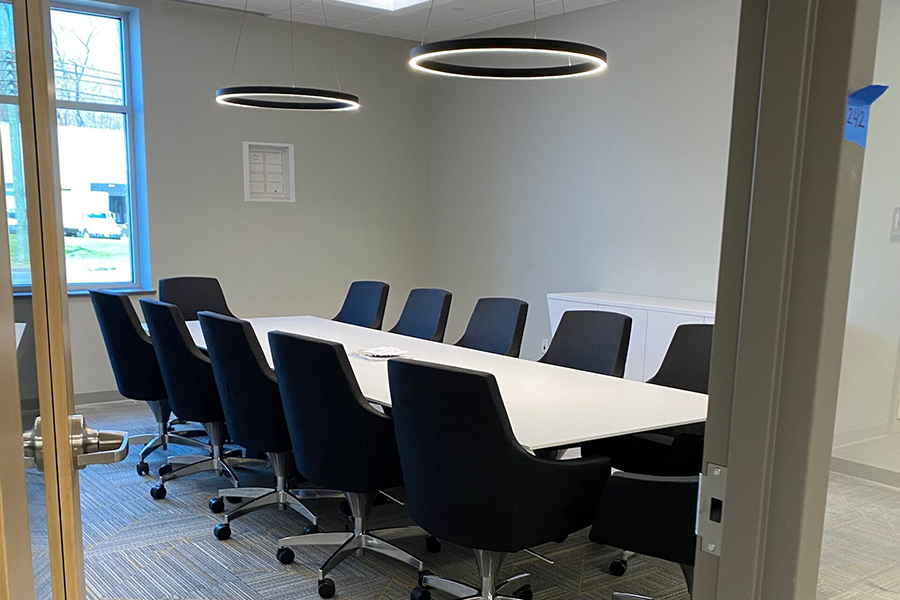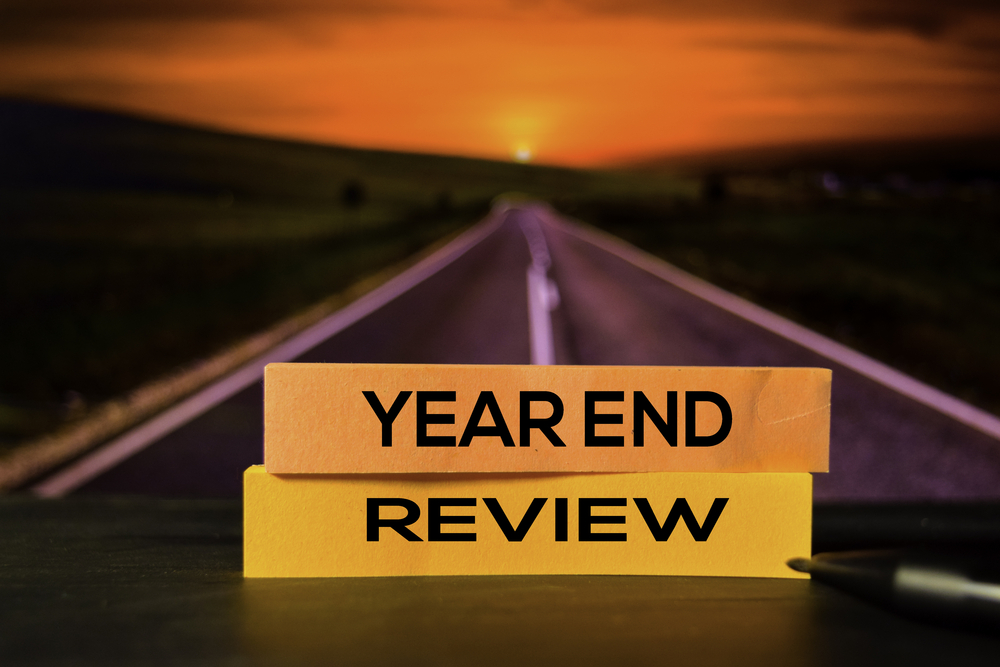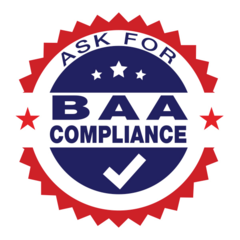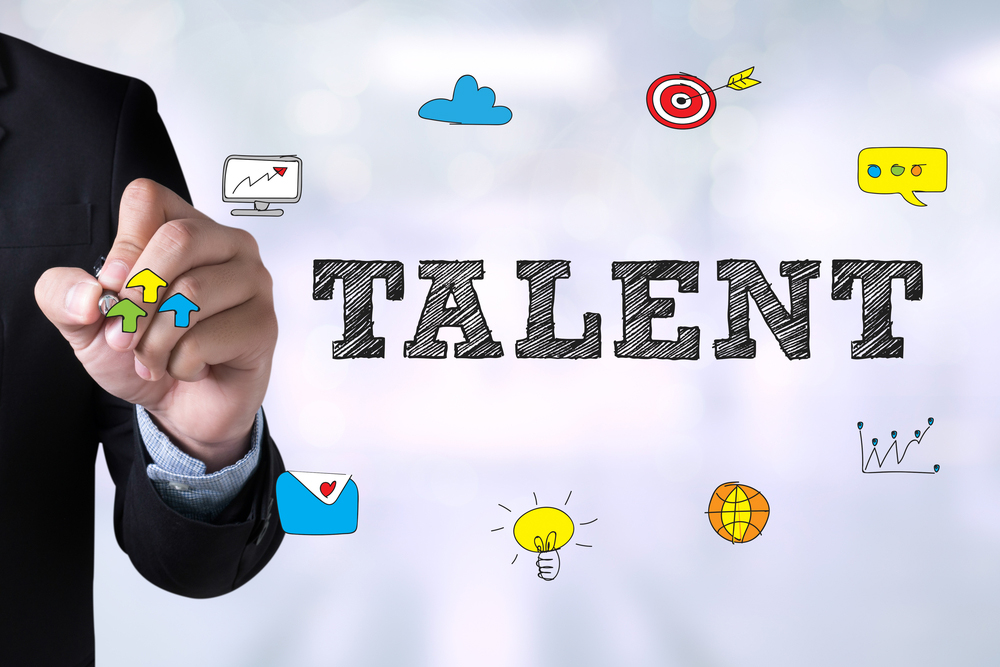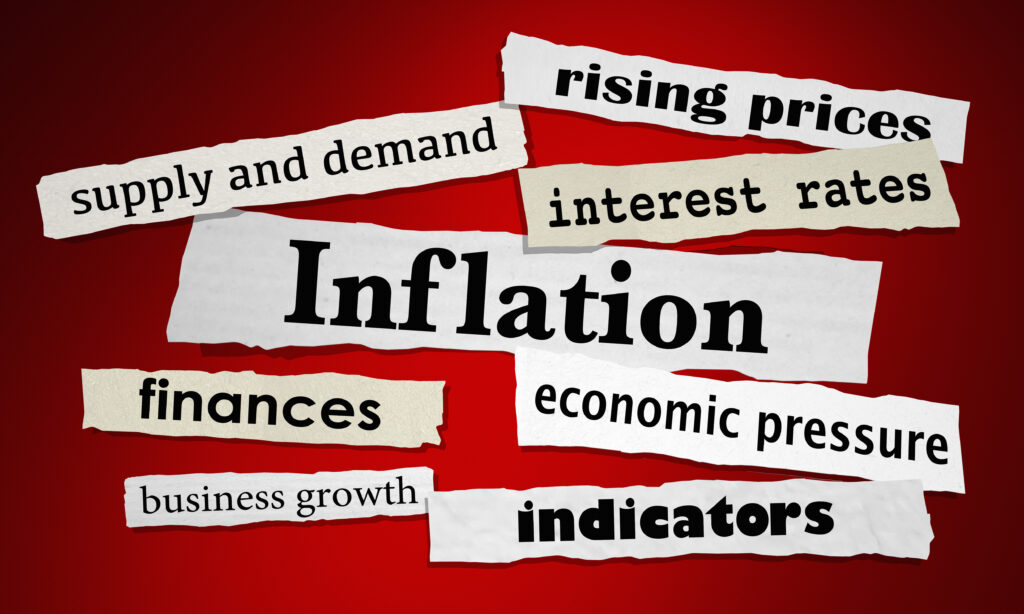
With Climate Change continuing to be a major point of discussion, many industries continue to seek and find new ways to reduce their emissions. One of the larger industries to make headlines recently has been steel for a few different reasons…
On December 6th of last year, Elizabeth Brotherton-Bunch from the American Alliance for American Manufacturing (AAM) wrote an article titled: “U.S. and EU are Said to Be Weighing ‘Climate-Based Tariffs’ on Chinese Steel.” In it, Brotherton-Bunch explains that China is responsible for over 60% of global emissions from steel plants and half of the world’s steel production. This is causing not only record pollution, but a global surplus. “…climate change is a real problem, and one that cannot be properly addressed unless China reduces its carbon emissions, and that can’t happen unless China reduces the pollution emitted by its steel industry.”
It’s not all bad news though, because 9 days later, Brotherton-Bunch wrote a follow up piece titled: “America’s Steelmakers and Workers are ‘Well-Positioned’ to Lead the Way on Clean Steel.” U.S. Steel intends to be carbon neutral by 2050 and produces more low-carbon steel than any similarly competitive country. Additionally, growth seems ripe with opportunity: “The global market for clean steel is expected to be 20,000 to 25,000 million tones through 2050, equivalent to around $10 to $15 trillion in cumulative steel sales.” In addition, “if the U.S. is able to capture a ‘$570-810 billion share of that market by focusing on opportunities in North America,’ about 30,000 new jobs will be created…”
More locally, many Connecticut manufacturers are going above and beyond to ensure sustainability of their products and practices. During a time when greenwashing is prevalent, here are a couple of manufacturers that are putting in the work to significantly reduce their carbon footprints.
AMGRAPH Packaging, Inc has been at the forefront of sustainability since 1984. From their water-based inks and adhesives and product research investment, to their fuel cells and insulated concrete facility that requires up to 71% less energy for heating and cooling, AMGRAPH is wholly committed to environmentalism. They even prioritize zero landfill waste. To learn more about their packaging solutions Contact Amgraph. For a full list of the many measures they take to maintain environmental stewardship, be sure to check out their sustainability page.
Another Connecticut company of note for their green practices is Preferred Utilities based in Danbury. Preferred installed a fuel tank on their site that can burn Bio-Residual Oil (BRO-500), which is a renewable and plentiful resource. BRO-500 is produced from recycled fats and oils such as used cooking oil, inedible corn oil, animal fat and other vegetable oils. It has been used at Preferred’s facility since 2018. To obtain more info on how you with make your fuel consumption more sustainable, Contact Preferred.
If you’re a CT manufacturer and would like to highlight your sustainability practices, Contact Us.
